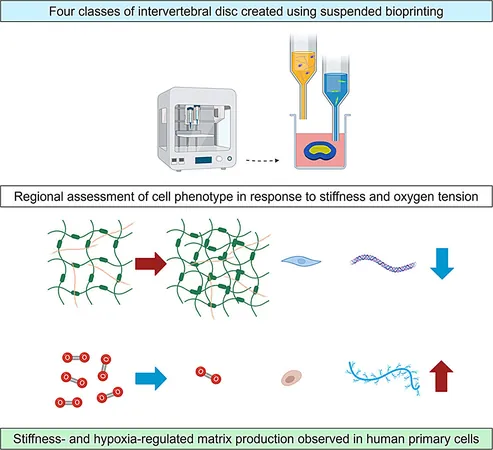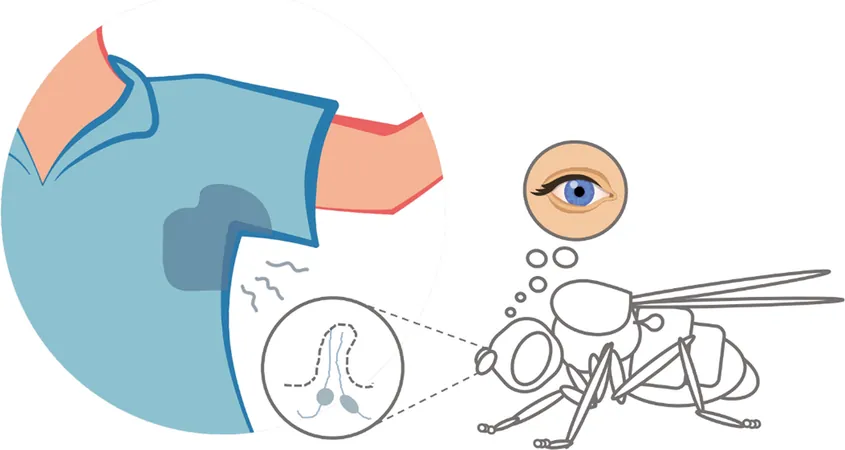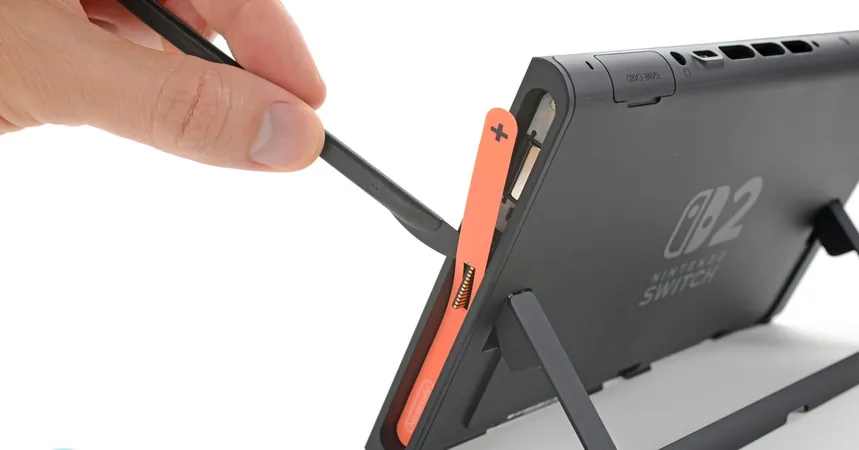
Revolutionary Bioprinted Spinal Disks: A Game-Changer in Back Pain Research!
2025-05-09
Author: Wei Ling
Pioneering a New Frontier in Medicine
In a groundbreaking achievement, scientists at the University of Manchester have developed functional human spinal disks using advanced 3D bioprinting techniques. This innovative research promises to transform our understanding of back pain and disk degeneration, impacting millions worldwide.
The Science Behind the Breakthrough
Led by the visionary Dr. Matthew J. Kibble, this study harnesses cutting-edge bioprinting technology to replicate the intricate architecture and environment of spinal disks. With findings published in the prestigious journal Acta Biomaterialia, researchers discovered that factors like tissue stiffness and oxygen levels play a crucial role in the production of essential biological materials, including collagen and hyaluronic acid by disk cells.
What is Bioprinting?
Bioprinting is revolutionizing how we approach organ studies. Unlike traditional 3D printers that use plastic, bioprinters utilize living cells and bio-inks made from natural substances like collagen or gelatin to create complex, life-like models of human tissues. This artistry allows scientists to explore how varying conditions influence disk cell behavior and contribute to back pain.
From Concept to Creation
The team meticulously crafted a digital model of human spinal disks and developed bioprinted samples using collagen-alginate gels, a protein sourced from seaweed. Utilizing sophisticated bioprinters capable of layering multiple cell types, researchers constructed intricate models replicating the biological and mechanical characteristics of actual human spinal disks.
A Step Towards Organ Models
Dr. Stephen M. Richardson, a key contributor to the research, emphasized the significance of this work in advancing toward realistic organ models. He highlights how the findings can lead to more effective regenerative therapies, especially with the potential integration of stem cells—a major leap forward in treating back pain.
Beyond Spinal Disks: The Future of Bioprinting
While fully functional engineered organs may still be a distant vision, bioprinting has already made strides in creating models of various tissues, including skin, brain, and heart. Such models serve not only as valuable research tools but also have the potential to reduce the need for lab animals in testing.
Tackling the Global Back Pain Epidemic
With over 600 million people suffering from lower back pain globally, Dr. Kibble's research is an exciting opportunity for improved regenerative therapies. He noted how their bioprinted disk models could bridge gaps in treatment options, with insights into tissue stiffness and oxygenation leading to more effective solutions.
A Call to Action for Future Research
This innovative approach enables scientists to produce biologically functional disk models at scale, advancing our understanding of disk disease and propelling the quest for therapies that could transform patient outcomes. With plans to incorporate stem cells and gene-edited cells into future models, this research not only opens doors to understanding healthy tissue formation but also creates promising avenues for treating back pain.



 Brasil (PT)
Brasil (PT)
 Canada (EN)
Canada (EN)
 Chile (ES)
Chile (ES)
 Česko (CS)
Česko (CS)
 대한민국 (KO)
대한민국 (KO)
 España (ES)
España (ES)
 France (FR)
France (FR)
 Hong Kong (EN)
Hong Kong (EN)
 Italia (IT)
Italia (IT)
 日本 (JA)
日本 (JA)
 Magyarország (HU)
Magyarország (HU)
 Norge (NO)
Norge (NO)
 Polska (PL)
Polska (PL)
 Schweiz (DE)
Schweiz (DE)
 Singapore (EN)
Singapore (EN)
 Sverige (SV)
Sverige (SV)
 Suomi (FI)
Suomi (FI)
 Türkiye (TR)
Türkiye (TR)
 الإمارات العربية المتحدة (AR)
الإمارات العربية المتحدة (AR)